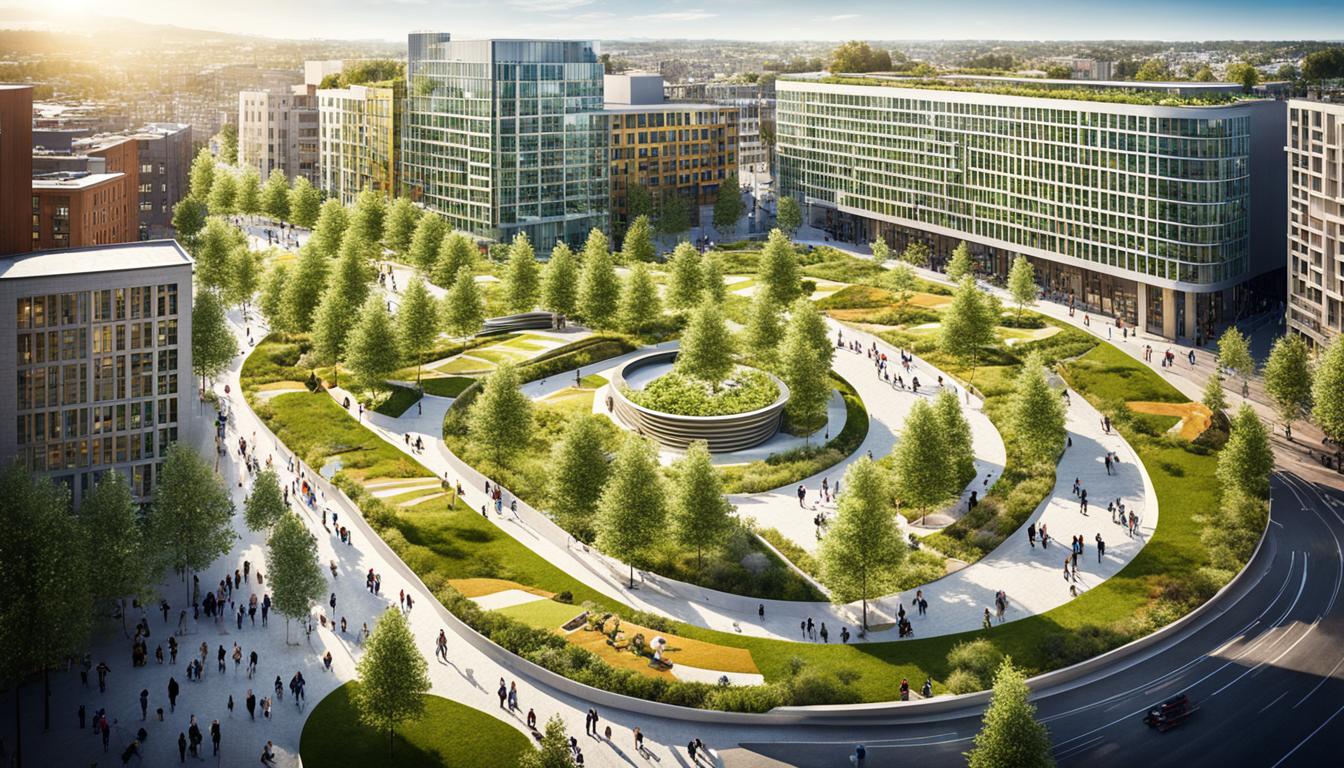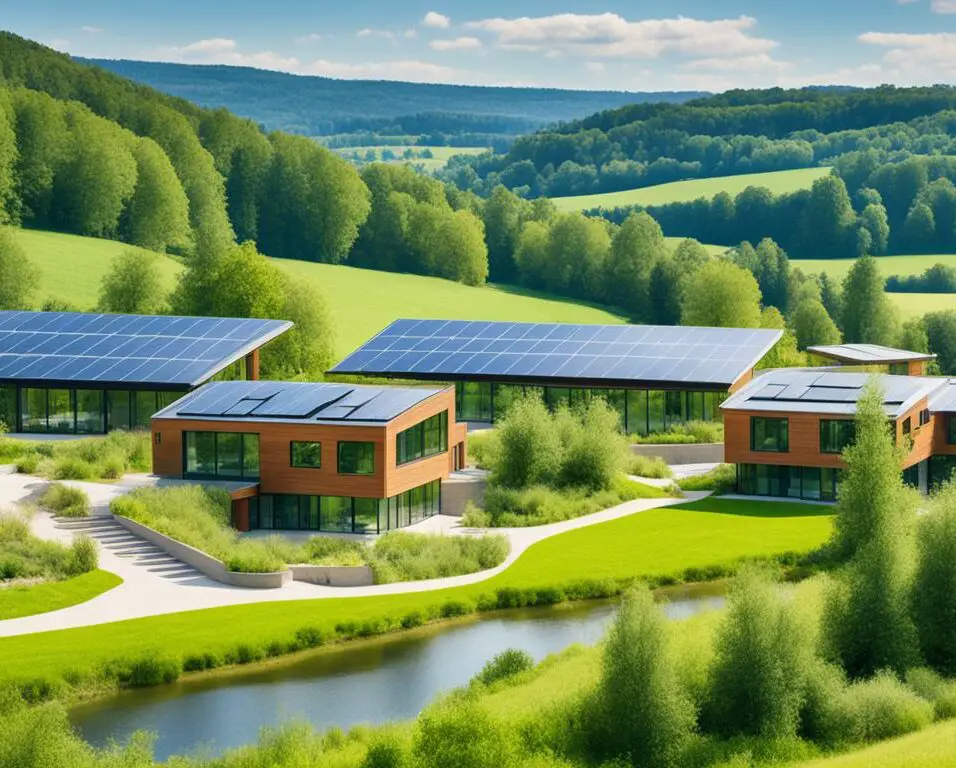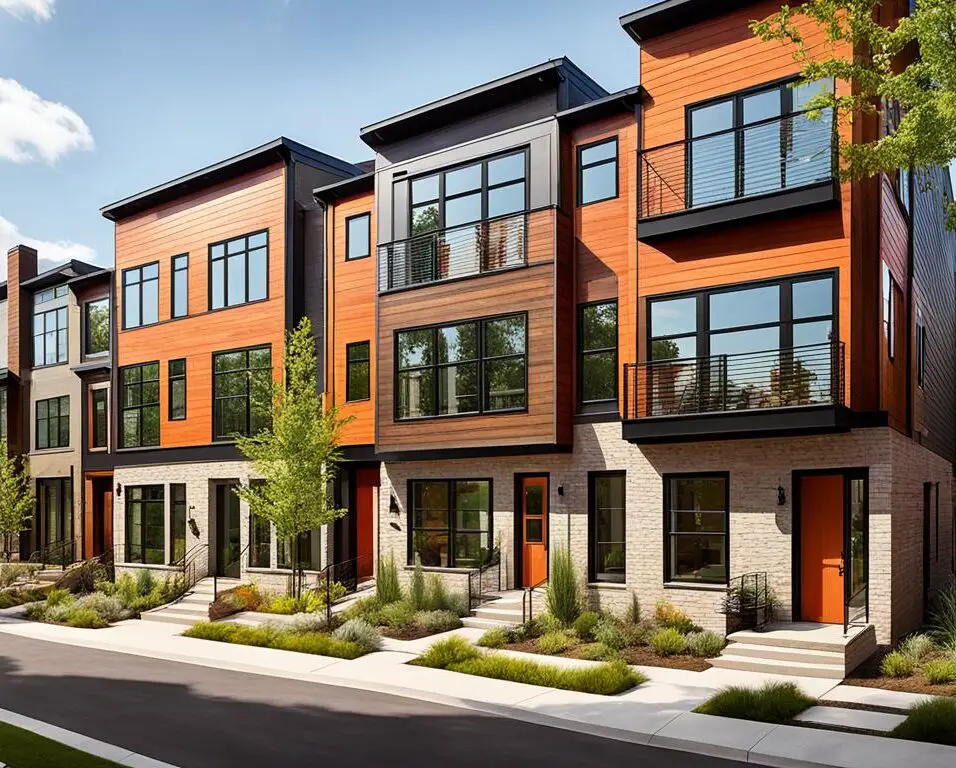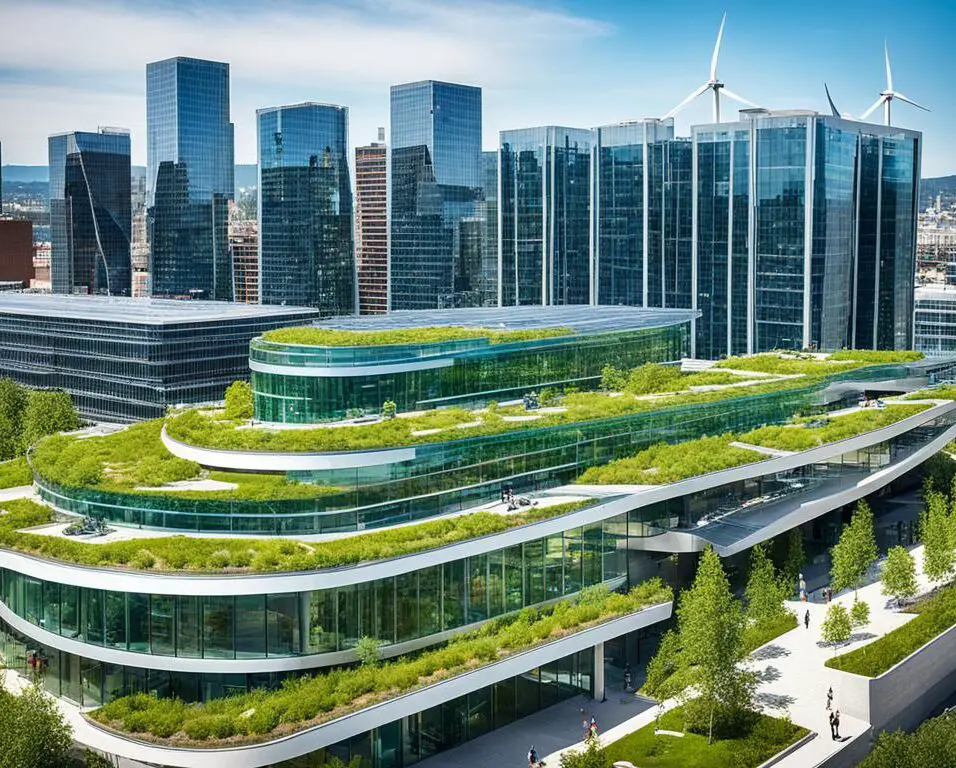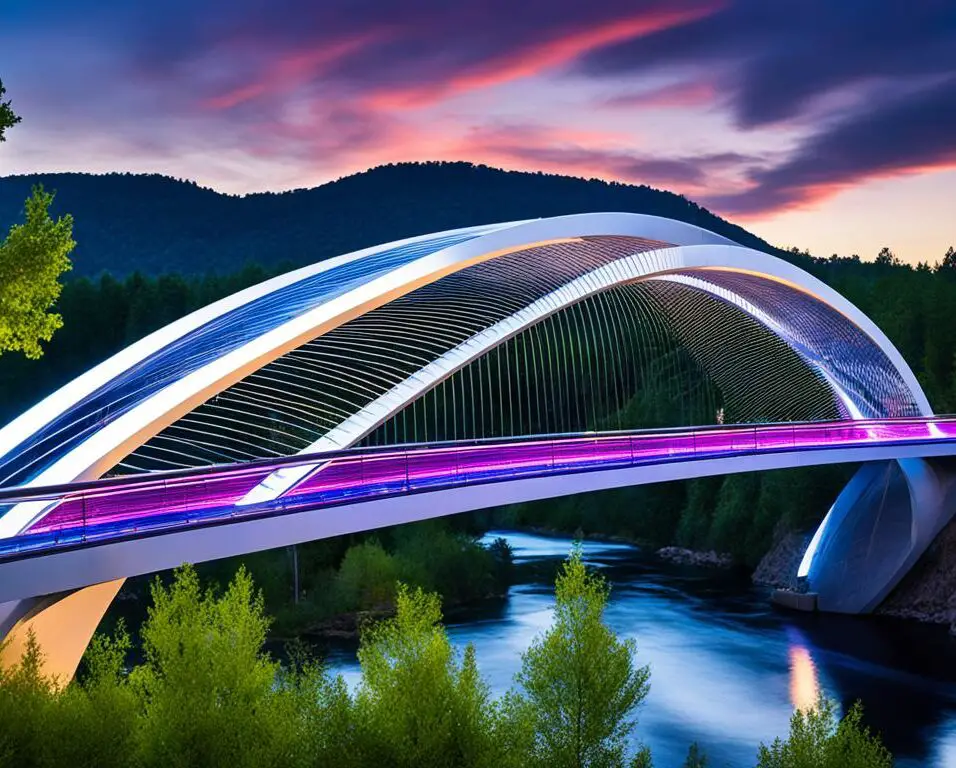The Rise of Landscape Urbanism Projects in City Planning
Landscape urbanism projects are revolutionizing city planning with their innovative design and integration of natural elements. These projects aim to create more sustainable and aesthetically pleasing cities by incorporating parks, green spaces, and water features into the urban environment. As urbanization and environmental challenges continue to grow, landscape urbanism offers a fresh approach to address these issues and improve the quality of life for city dwellers.
City planners are increasingly turning to landscape urbanism projects to tackle pressing concerns like climate change and urban sprawl. By embracing nature in urban settings, these projects promote biodiversity, improve air quality, and reduce the urban heat island effect. Furthermore, they enhance climate change resilience by implementing sustainable stormwater management systems, reducing the risk of flooding.
Moreover, landscape urbanism projects go beyond their environmental benefits. They create spaces for social interaction, recreation, and relaxation, contributing to the overall well-being of urban residents. These projects transform underutilized areas into vibrant public destinations, revitalizing and reimagining urban spaces. From urban parks and waterfront revitalization to mixed-use developments, landscape urbanism is reshaping the way we design and experience cities.
Key Takeaways:
- Landscape urbanism projects integrate natural elements in city planning to enhance sustainability and aesthetics.
- They address climate change, urban sprawl, and the need for livable urban environments.
- Landscape urbanism projects offer benefits such as improved air quality, reduced heat island effect, and enhanced climate change resilience.
- They provide spaces for social interaction, recreation, and healthy living.
- Examples of landscape urbanism projects include urban parks, waterfront revitalization, and mixed-use developments.
Benefits of Landscape Urbanism in City Planning
Landscape urbanism projects offer numerous benefits in city planning. These innovative designs play a crucial role in creating sustainable cities that prioritize the well-being of residents and the environment. By incorporating green spaces, landscape urbanism projects contribute to the overall livability and resilience of urban areas.
One of the key benefits of landscape urbanism is the creation of green spaces within cities. These spaces improve air quality by absorbing pollutants and releasing oxygen, creating a healthier environment for urban dwellers. The presence of greenery also helps to reduce the urban heat island effect, where cities experience higher temperatures compared to surrounding rural areas. This leads to a more comfortable and pleasant living environment in densely populated urban areas.
In addition to improving air quality and regulating temperature, landscape urbanism projects also promote biodiversity. By integrating natural elements into city design, such as native plant species and wildlife habitats, these projects provide ecosystems that support a diverse range of flora and fauna. This not only enhances the aesthetic appeal of urban areas but also contributes to the preservation of local biodiversity and ecological balance.
Landscape urbanism projects also address the challenges posed by climate change. As cities face increasing risks of flooding due to extreme weather events, such as heavy rainfall, landscape urbanism offers solutions to manage stormwater effectively. Elements such as rain gardens, bioswales, and permeable pavements are incorporated into these projects to absorb and filter rainwater, reducing the burden on urban drainage systems and minimizing the risk of flooding. This climate change resilience is vital for cities to adapt to the challenges brought about by a changing climate.
Beyond their environmental benefits, landscape urbanism projects create spaces for social interaction, recreation, and healthy living. The incorporation of parks, plazas, and recreational areas in urban areas provides opportunities for residents to connect with nature, engage in physical activity, and build vibrant communities. These spaces enhance the overall well-being of urban residents, both physically and mentally.
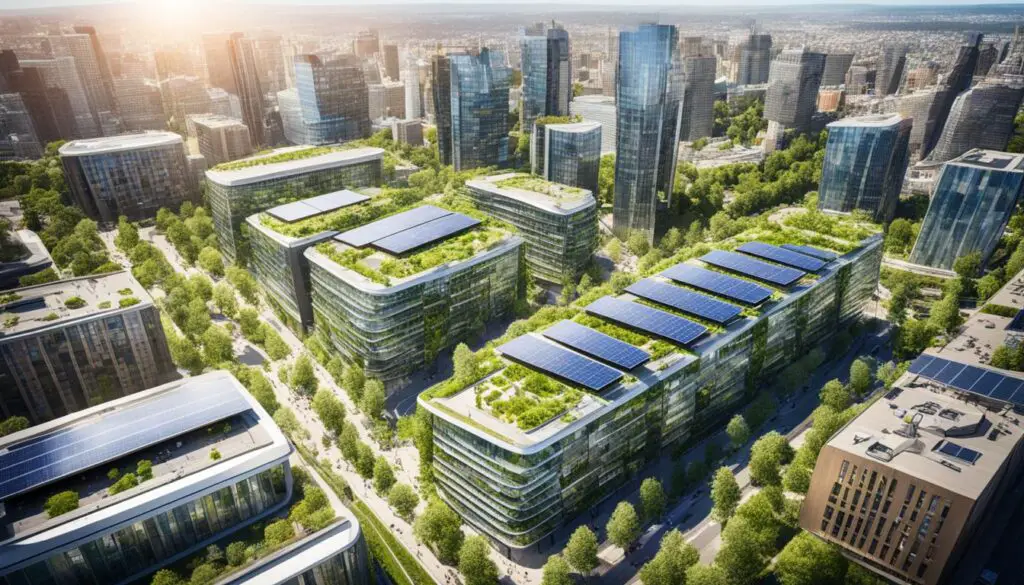
| Benefits of Landscape Urbanism in City Planning |
|---|
| Improved air quality |
| Reduction of urban heat island effect |
| Promotion of biodiversity |
| Enhanced climate change resilience |
| Opportunities for social interaction and recreation |
Examples of Landscape Urbanism Projects
Landscape urbanism projects serve as inspiring examples of how innovative design and thoughtful planning can transform urban spaces into thriving, sustainable environments. Across cities worldwide, remarkable projects that encompass urban parks, waterfront revitalization, and mixed-use developments demonstrate the power of landscape urbanism in shaping the future of our cities.
One notable success story is the High Line in New York City. Once an abandoned elevated rail track, it has been transformed into a stunning urban park. The High Line showcases how landscape urbanism can breathe new life into underutilized spaces, providing a vibrant public destination that integrates green spaces, walking paths, and community gathering areas.
Waterfront revitalization projects, like the Thames Barrier Park in London and the Cheonggyecheon Stream Restoration in Seoul, embody the potential of landscape urbanism to enhance the ecological and cultural value of urban waterfronts. These projects have revitalized previously neglected areas, incorporating green spaces, waterfront promenades, and ecological features to create attractive and sustainable urban landscapes.
In the realm of mixed-use developments, the Millennium Water development in Vancouver and the Chengdu Tianfu City complex in China showcase how landscape urbanism can seamlessly integrate residential, commercial, and recreational functions. These developments prioritize the creation of sustainable and livable urban neighborhoods, where residents can enjoy easy access to amenities, green spaces, and pedestrian-friendly environments.
These incredible landscape urbanism projects serve as inspiration for cities worldwide, illustrating the immense potential for transforming urban spaces into thriving and sustainable communities. By incorporating urban parks, revitalizing waterfronts, and embracing mixed-use developments, cities can harness the power of landscape urbanism to create more livable, resilient, and vibrant urban environments.



